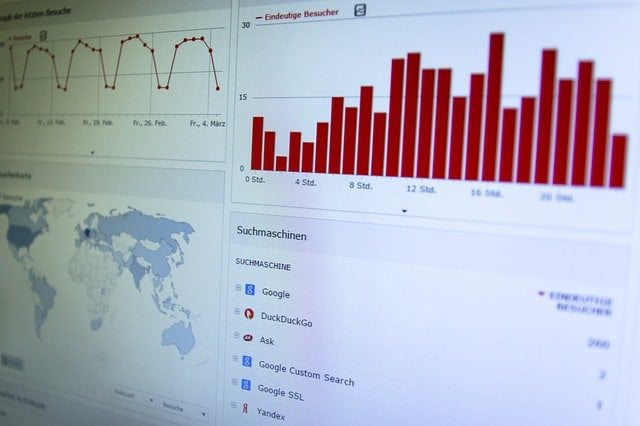
Big data has opened many doors for businesses, providing analytics that give a deep dive into various aspects of operations. However, Big Data so often also leaves businesses with a lot of unanswered questions. Data analytics is fantastic for getting information, not so much for providing solutions and recommendations. It’s a diagnosis without a prescription.
Business analytics has relied on a two-prong approach to Big Data: descriptive analytics to show patterns and meanings in data, and predictive analytics to predict what will happen in the future. A third prong was needed, one that would provide insight into how businesses can solve problems and gain outcomes in the present.
This is prescriptive analytics, which combines descriptive analytics and predictive analytics to finally make big data something businesses can use for gain, and not just knowledge. With prescriptive analytics, you can find the best approach to move away from the data and turn it into actionable results. In recent years, prescriptive analytics has defined the evolution of Big Data. It’s here to stay and it’s changing the game.
Below you can read about how:
Table of Contents
ToggleUnderstanding Prescriptive Analytics Compared to Predictive Analytics
Perhaps the first question businesses ask about prescriptive analytics is how is it different from predictive analytics? Here is the fundamental difference:
- Predictive Analytics, as the name suggests, is about making predictions based on Big Data analysis. It allows for educated guesses about what will happen in the future based on historical information. While the insights are clear, guesswork is the fundamental component of predictive analytics.
- Prescriptive Analytics evolves this level of analysis, building on predictive analytics by pointing to potential outcomes, influencing the decision-making process, and making recommendations on actions.
Big Data is a jumble of information that oftentimes businesses don’t know what to do with. They value the information, they can gain historical insight from it, but how does it help them move forward? An example of how prescriptive analytics can drive Big Data to become more useful can be seen in the emergence of autonomous vehicles.
Self-driving cars do use predictive analytics to function, but predictions alone would not be enough for a vehicle to avoid hitting a tree, know when to make a turn, understand how much brake or acceleration is needed, and so on. By leveraging prescriptive analytics, the vehicle is making millions of AI-driven instant calculations to make these decisions. In other words, the car is taking Big Data and turning it into actionable results.

Getting Value from Data
As mentioned, having access to raw data is good, but on its own the data can also be meaningless. In fact, data has become a fundamental part of our lives as we are constantly pinging raw data to each other on messaging apps, sending data on websites, and transferring data when we make electronic purchases.
What businesses try to do is get value from this data, which essentially means they try to monetize it. An excellent if controversial example is the way Google leverages user data. When someone uses a Google service, they make a contract with the company that their information through use of that service can be used by Google. Whether it’s personal information, shopping habits, browsing history, or other sources, people are constantly generating data. Google uses its agreement to monetize the data and the user through advertising.
Raw data on its own is not valuable, but it allows businesses to find patterns in the information and build strategies that help them solve problems. Turning this data into insights that further your businesses goal and bring value is the key to handling Big Data. Sure, predictive analytics can help, but prescriptive analytics offers a different set of insights:
- Predictive Analytics: You can project onto the future but are limited by historical and current data. By using this information, estimates can be made regarding data that has not yet been received.
- Prescriptive Analytics: You get the same sense from current and historical raw data but can use it to make decisions now and make actionable changes. There’s no need to wait to see if predictions are accurate. By tapping into artificial intelligence, optimizations, and simulations, prescriptive analytics provides informed decisions based on Big Data.
Benefits of Prescriptive Analytics
Some benefits are inherent in prescriptive analytics:
- More insight into data patterns
- More understanding of consumer engagement
- Increased awareness of how new technology will impact industries
- Industrial-scale data analysis
Conclusion
Prescriptive analytics promises to bring more value to businesses, but more importantly it also makes information from Big Data more useful. Through value and actionable results, enterprise leaders are increasingly adopting prescriptive analytics to leverage their data in more dynamic ways. As this relatively new form of data analytics continues to power business decisions, it will play a growing role in the future of Big Data.
By Luke Jones

